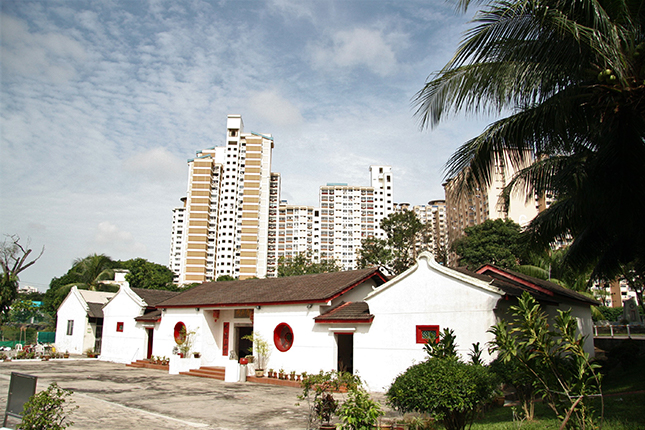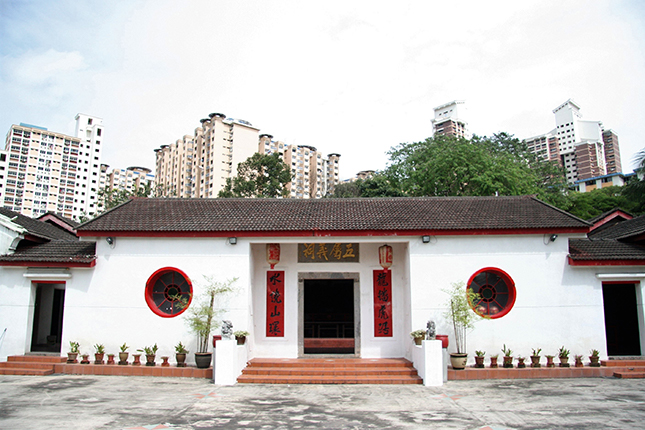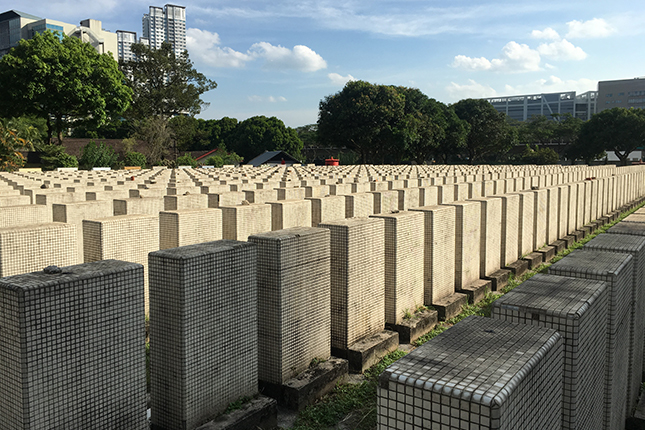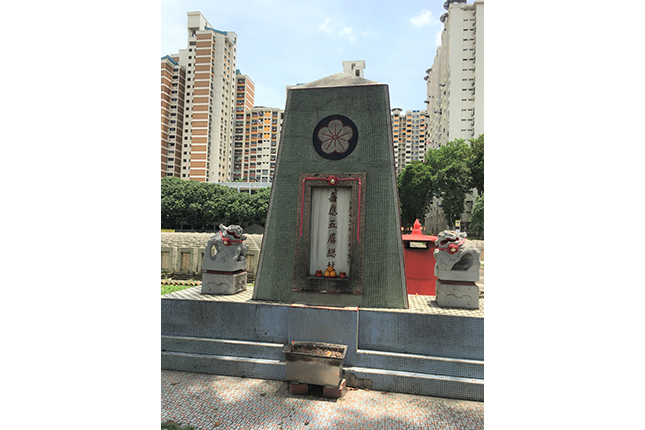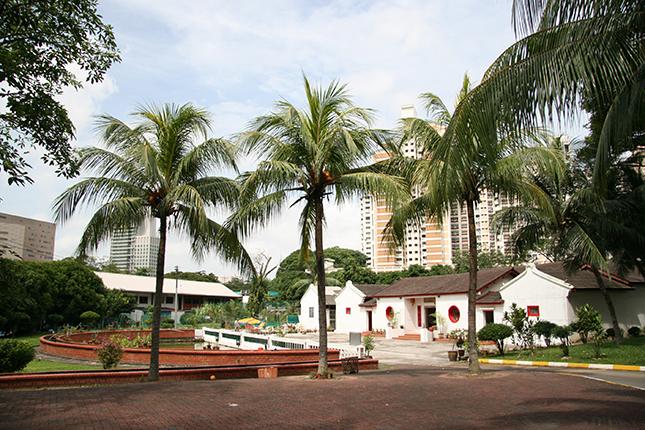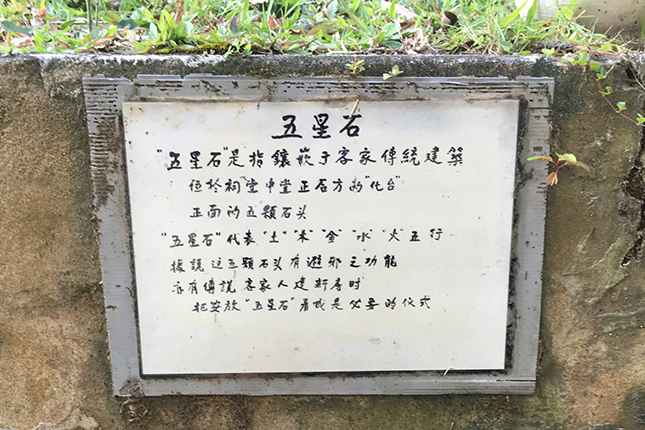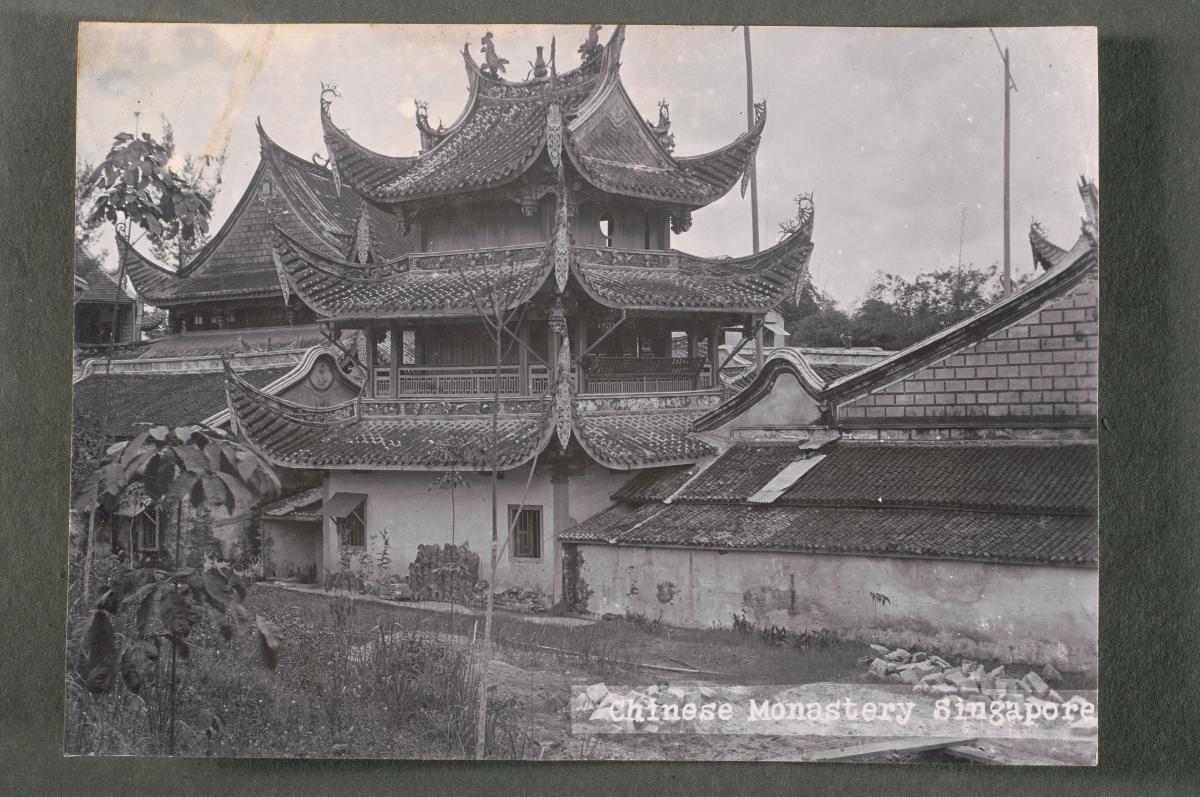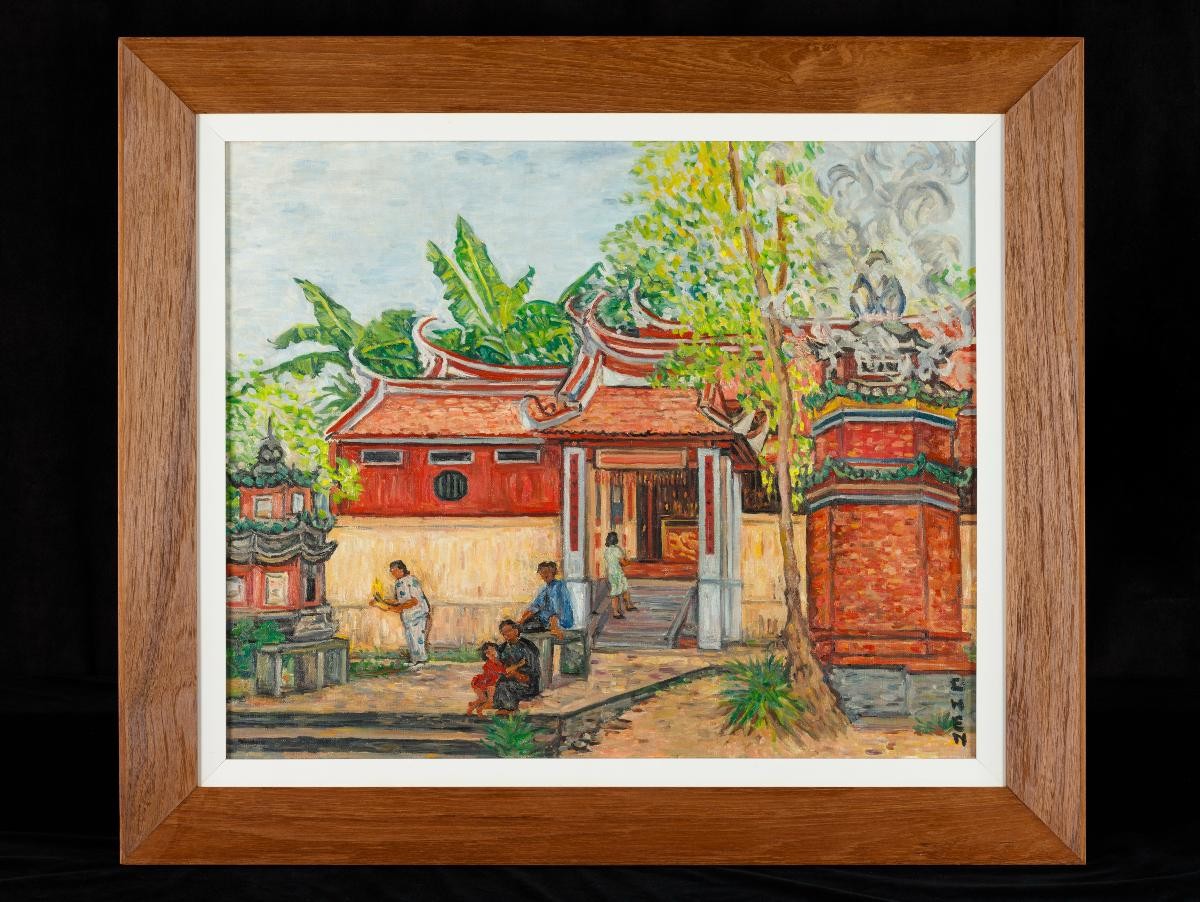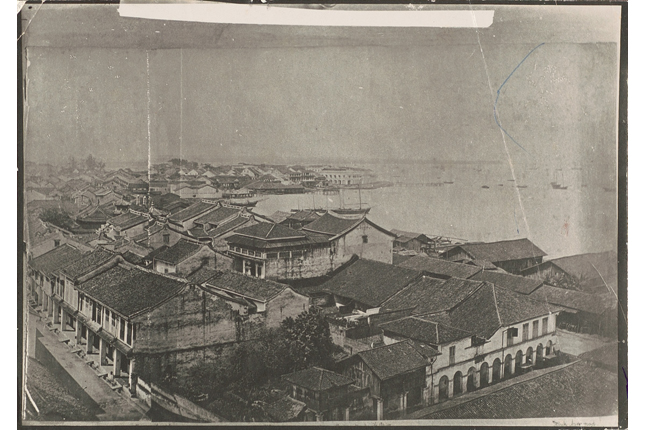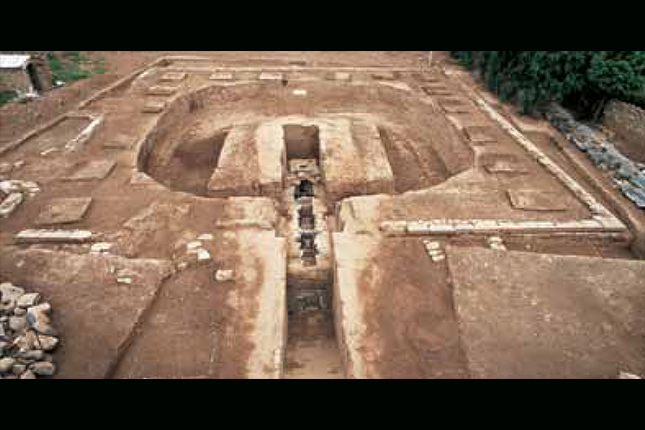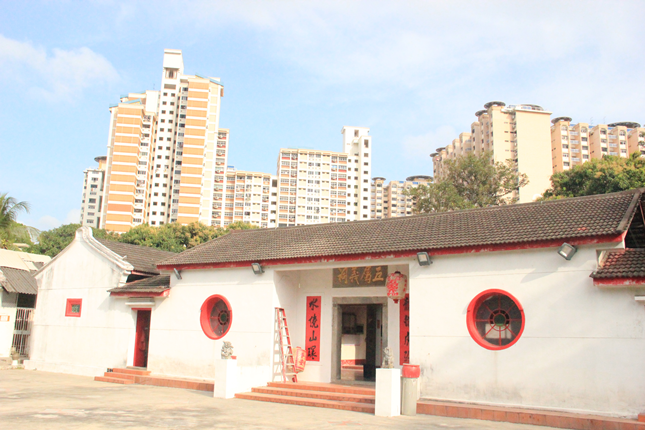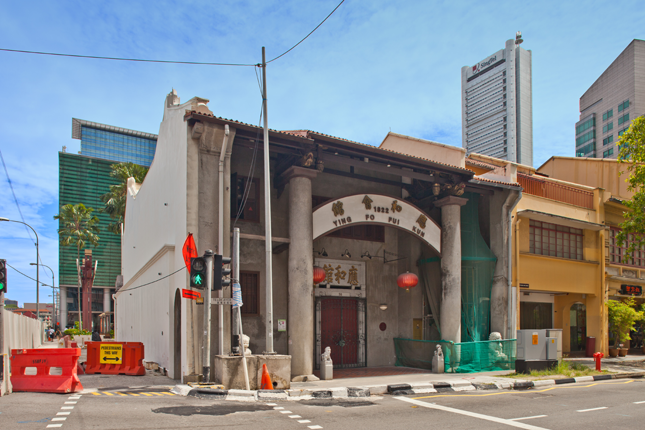Resembling a land out of time, the cemetery and Ancestral Temple of Ying Fo Fui Kun (双龙山嘉应五属义祠) along Commonwealth Lane is Singapore’s last remaining Hakka burial ground. It was established by Singapore’s oldest Hakka Clan Association Ying Fo Fui Kun (应和会馆), located at 98 Telok Ayer Street, whereby the Association was started in 1822 by the Hakka immigrants from five districts of the Jia Ying county (Mei Xian, Jiao Ling, Wu Hua, Xing Ning, and Ping Yuan) in Guangdong province, China.
Once spanning an impressive 40 hectares, the cemetery and Ancestral Temple were established in 1887 as a final resting place for the family of clansmen from the Association. This was made possible with the efforts of Khek leaders and financial support from local and overseas clansmen.
The Ancestral Temple was designed in the traditional Chinese architectural style. A gabled roof topped with a ridge of ceramic tiles, and a sky well with enclosing halls on four sides allows temperature to be regulated.
Elements of traditional Chinese architecture, inspired by feng shui (风水, geomancy), adorn the Ancestral Temple. A crescent-shaped pond (半月池) lays in front of the temple, which is a feature of Hakka architectural style as well as a geomancy element. In addition, the ‘five elements’ stones (五星石) – which are believed to possess mystical powers that can keep the devils away – are found on the altar behind the main hall.
Known to most as a place to commemorate the dead, few are aware that the Ancestral Temple once served an educational purpose. Between 1926 and 1969, it was the site of the Ying Xin School (应新学堂). Constrained by a lack of actual classrooms, the teachers used wooden boards to create makeshift partitions that separated students into classes.
Following its acquisition by the government in 1966, the remains of the clansmen were exhumed and cremated; their ashes now rest within urns, placed under headstones in the cemetery or at the columbarium within the Ancestral Temple. Several urns are also found at the newer Memorial Hall, which was completed in 1988.
Although the grounds now occupy a reduced land space of 1.89 hectares, the Ancestral Temple remains a gathering point for its clansmen. Every Hungry Ghost Festival, Qing Ming Festival and the Spring and Autumn festivals family members would gather at the site to pay respects to their ancestors.
Buildings and sites featured on Roots.SG are part of our efforts to raise awareness of our heritage; a listing on Roots.SG does not imply any form of preservation or conservation status, unless it is mentioned in the article. The information in this article is valid as of October 2019 and is not intended to be an exhaustive history of the site/building.




